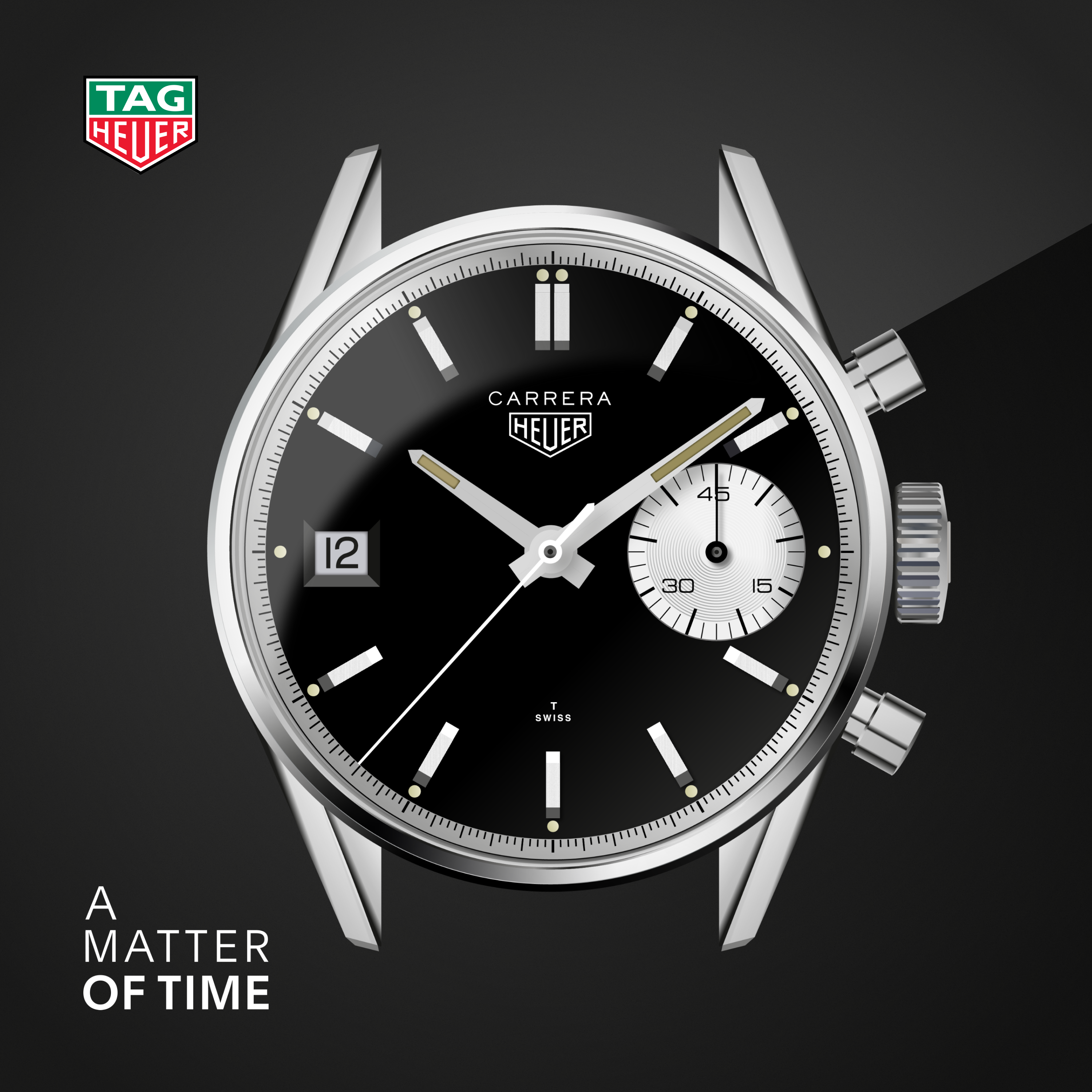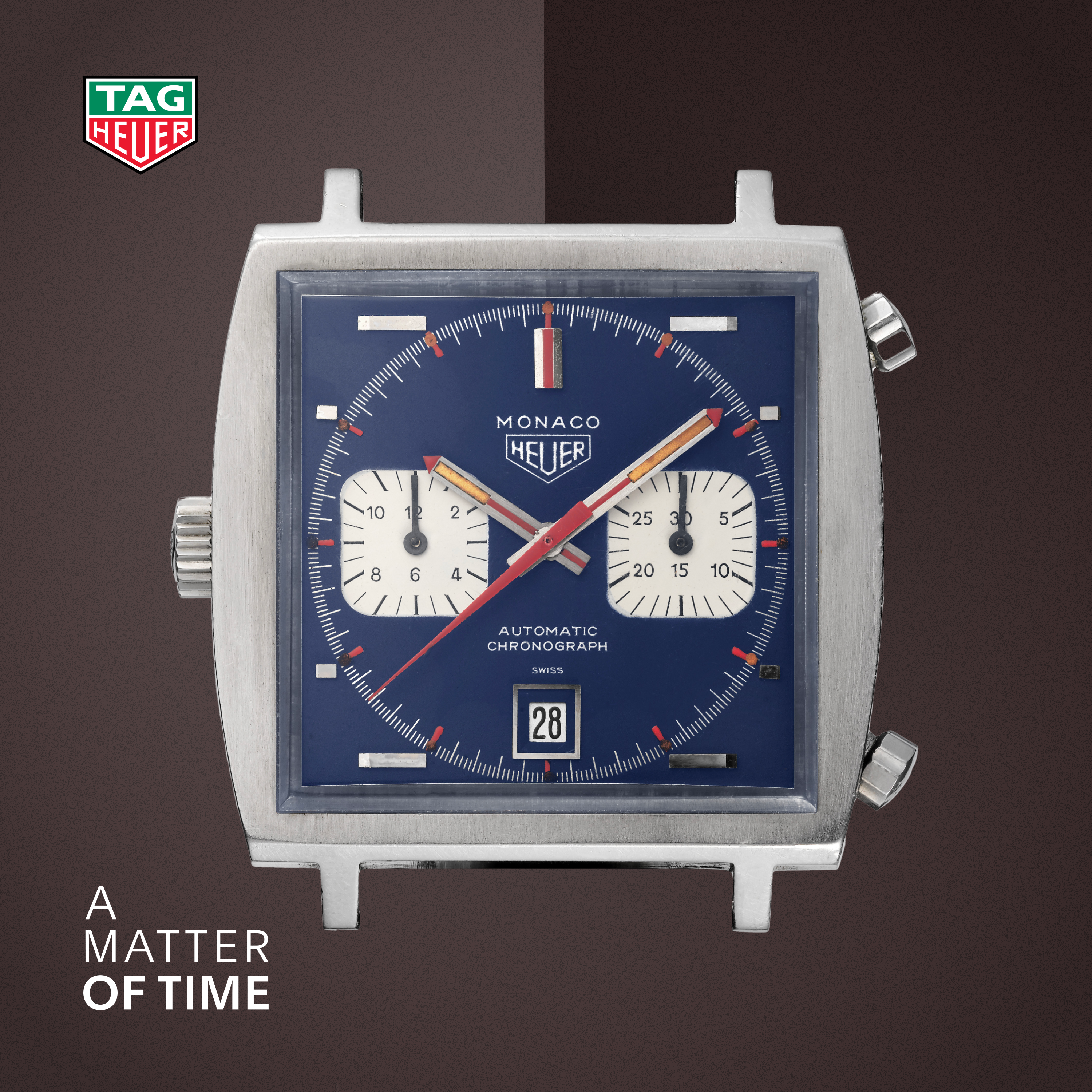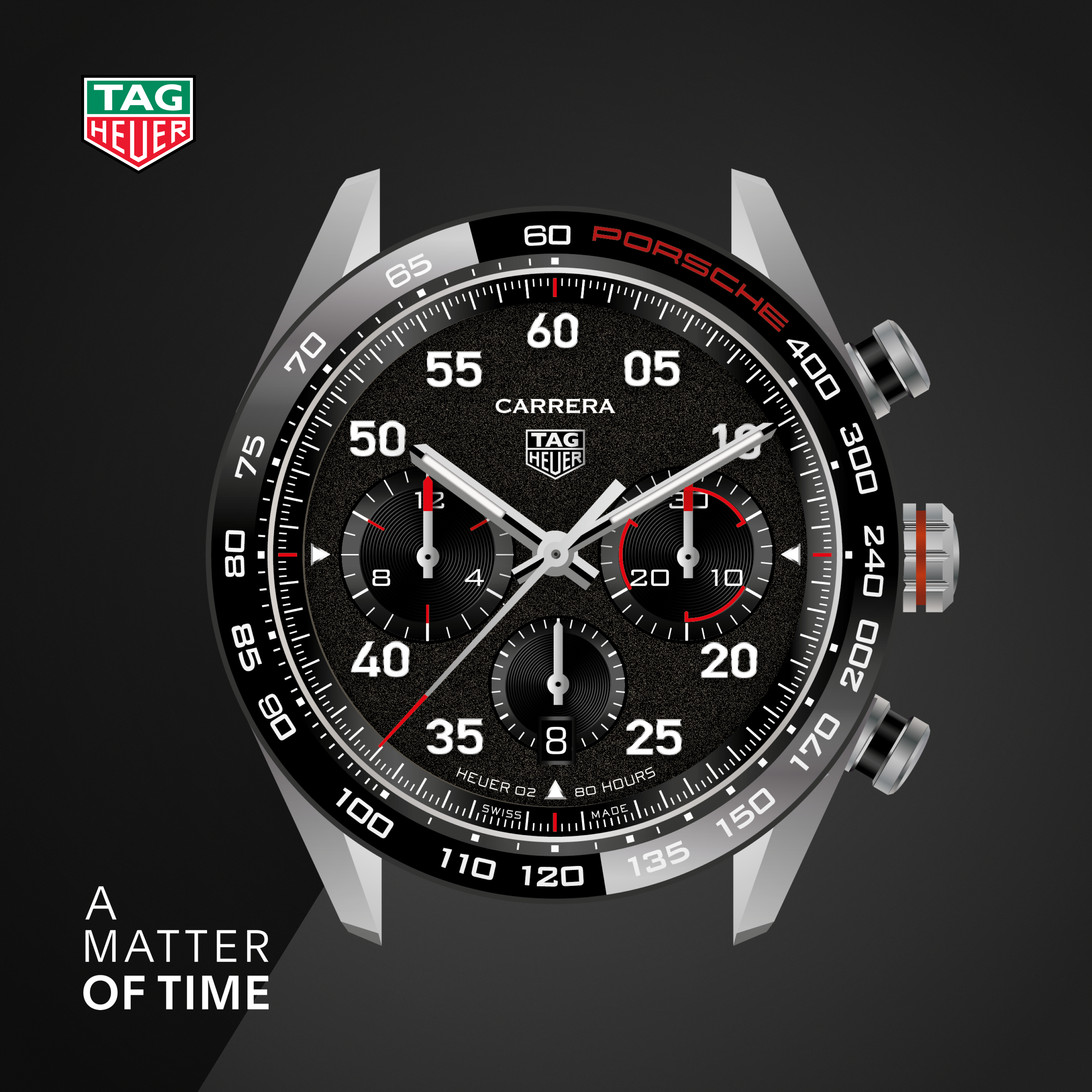Episode Transcript
[00:00:03] Welcome to A Matter of Time, a podcast by TAG Heuer. I'm your host, Nicholas Biebeck, heritage director at TAG Heuer and a lifelong enthusiast for fine Swiss watchmaking. In this season, we're exploring the TAG Heuer Formula One collection.
[00:00:16] We've already discussed its origin story and the launch of the initial collection. And now what we want to look more closely at is the chronograph complication and what it means for the Formula One collection.
[00:00:33] As I mentioned in previous episodes, Heuer had already decided to discontinue time only pieces to focus on the chronograph in the 1950s. This changed a little bit as dive watches debuted in the late 1970s. But it was only with the launch of the first series of the TAG Heuer Formula 1 in 1986 that the brand really returned to this as an interesting vertical. The chronograph was not initially presented in 1986 and was held back a little bit. And it's interesting when we consider that a company that had built its legacy on timekeeping and time recording would wait a short period before it debuted the chronograph in this vibrant new and exciting collection for them.
[00:01:12] The reason for this was really technical. There were no reliable quartz chronograph movements that were presented at the time. And it wasn't until 1988 that the brand was ready to debut these first references. It was made possible thanks to a new, what we call Meca Quartz movement. It used a standard quartz base, but applied on top of it was a mechanical module developed, in fact, by Dupoix de Pras, who Heuer had already previously worked with on the development of the first automatic chronographs that were launched in 1969. And this module was mounted on top of the existing quartz base, as we've already discussed, to create a very revolutionary and interesting hybrid. It had the sensation of actuating a mechanical chronograph, but it had the accuracy and battery life of a quartz watch.
[00:01:57] It debuted in 1988 in a 37 millimeter case in three different an austere black, an interesting blue, and this bright, vibrant red that would find itself onto the wrist of someone quite famous. They were met with a degree of success, but unfortunately, it was a bit like the Easy Rider that had debuted in the early 1970s. The idea was interesting. It was really a new opportunity for the brand, but unfortunately, it didn't work nearly as expected. And in fact, when we come across these watches today, sadly for most of them, the chronograph does not function correctly. And this is due to the challenges of making the mechanical module synchronized with the quartz piece below it and any damage that might be caused along the way.
[00:02:39] I mentioned that there was a famous person that wore the red reference in particular, and of course it had to be Ayrton Senna. These early red Formula 1s, both the time onlys and the chronograph appear to have been produced at the behest of the head of McLaren Formula One at the time, a gentleman by the name of Ron Dennis. We can see many of the pit crew and engineering teams wearing the red time only 35mm Formula One pieces. But the defining moment for the chronograph comes at the Japanese Grand Prix in 1991, where as Senna lifts the trophy, we can very clearly see the red strap peeking through from beneath his overalls, showing that he's wearing one of these very cool watches.
[00:03:16] I mentioned that unfortunately these pieces were not so reliable, and it was decided in 1991 to replace these MECA quartz movements with a pure quartz chronograph calibre inside.
[00:03:28] The new generation of TAG Heuer Formula one chronographs that will be presented are easily distinguished from the first generation. The sub dials at 3 and 9 shift slightly up into what has now become the standard positioning for these quartz chronographs, setting the subsidiary dials at 2 and 10 instead, of course, you still have a subsidiary dial at 06:00 and a date window was carefully positioned at 4.
[00:03:52] This new level of accuracy in this new design allowed the watches to see much broader market appeal. And in fact, the chronograph would become a defining reference for the Formula One collection. So after the presentation of the initial Mecca course modules and the more familiar quartz pieces in 1998, the Formula One collection saw a complete upgrade with this, the time only pieces were in fact discontinued, with only the chronograph surviving. This made a lot of sense and really leveraged the legacy of Heuer and TAG Heuer as a brand, as a time recorder and timekeeper.
[00:04:26] And there would be a few small changes to the watch to make it feel a little bit more contemporary.
[00:04:32] There would be a revision to the design of the dial and the bezel. But fundamentally, the bones of the Formula one as people had become familiar with it, the hooded lugs, the nicely faceted bezel, high water resistance, screw down, case back, all of these codes would be continued, of course, splashes of color here and there to make sure that they felt dynamic. This is what allowed the collection to continue to resonate and has really been a key driver in making the TAG Heuer brand familiar to so many people during this period. Whilst Heuer of course had been known for high end mechanical chronographs, TAG Heuer had been built since 1986 on its accessibility and the fact that it was a more affordable product versus some of the others in the marketplace alongside amazing advertising campaigns like Don't Crack Under Pressure and Success. It's a mind game. And of course, the company being the official timekeepers of Formula One from 1992 to 2003, the visibility and recognition which the company had seen during this period had really made it a globally recognized name and a globally identifiable brand to a much broader segment of consumers than Heuer had ever had before.
[00:05:36] It was this accessibility that really helped it to resonate with as many people as possible.
[00:05:42] But as we'll see, the company was evolving and a new direction would be leading into the future. This of course meant that the TAG Heuer Formula one collection would have to evolve.
[00:05:54] Thank you for listening to this episode A Matter of Time. I do hope you've enjoyed it as always. Please do let us hear your feedback on anything you would like us to add for future episodes and please tune in for the next episode.


